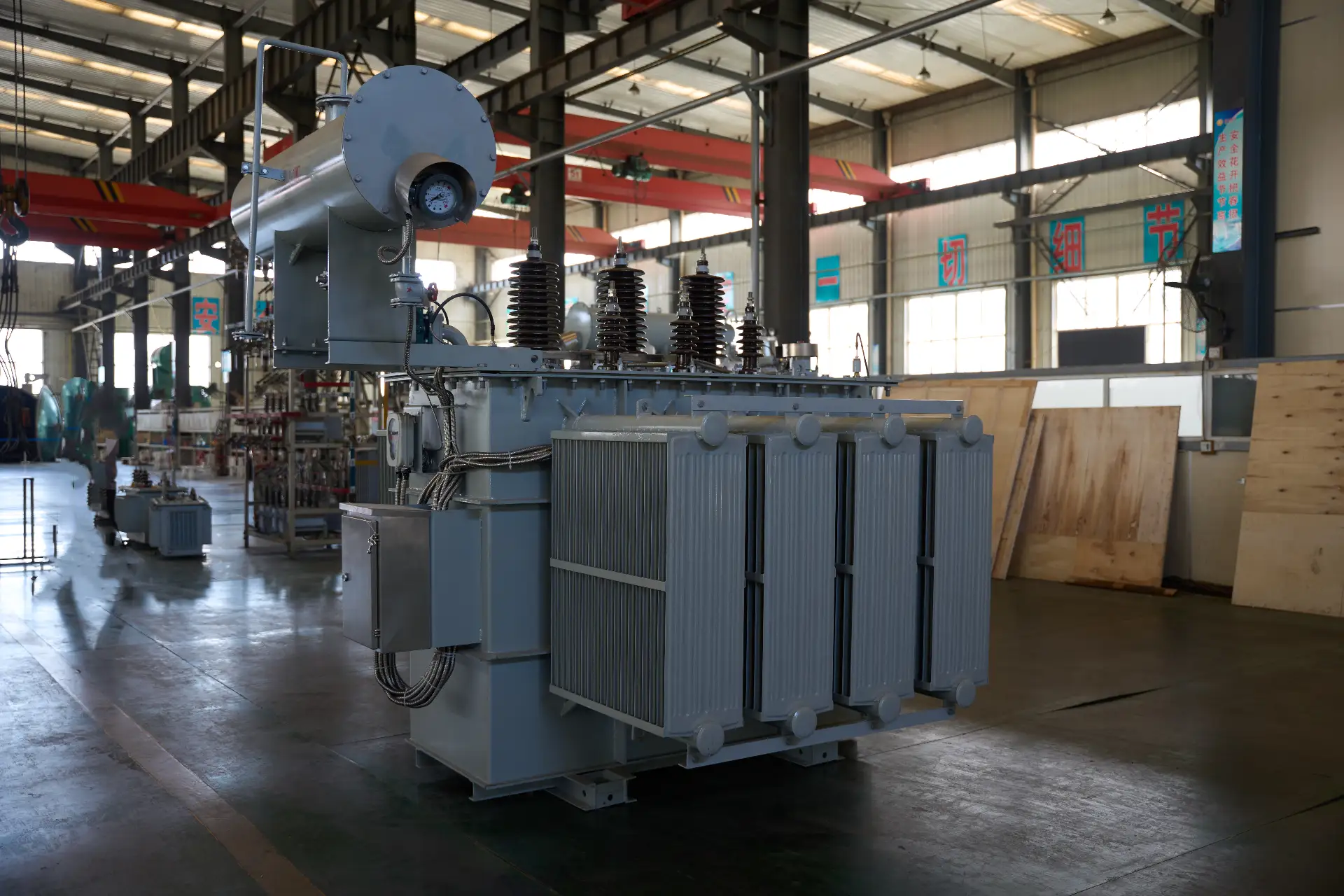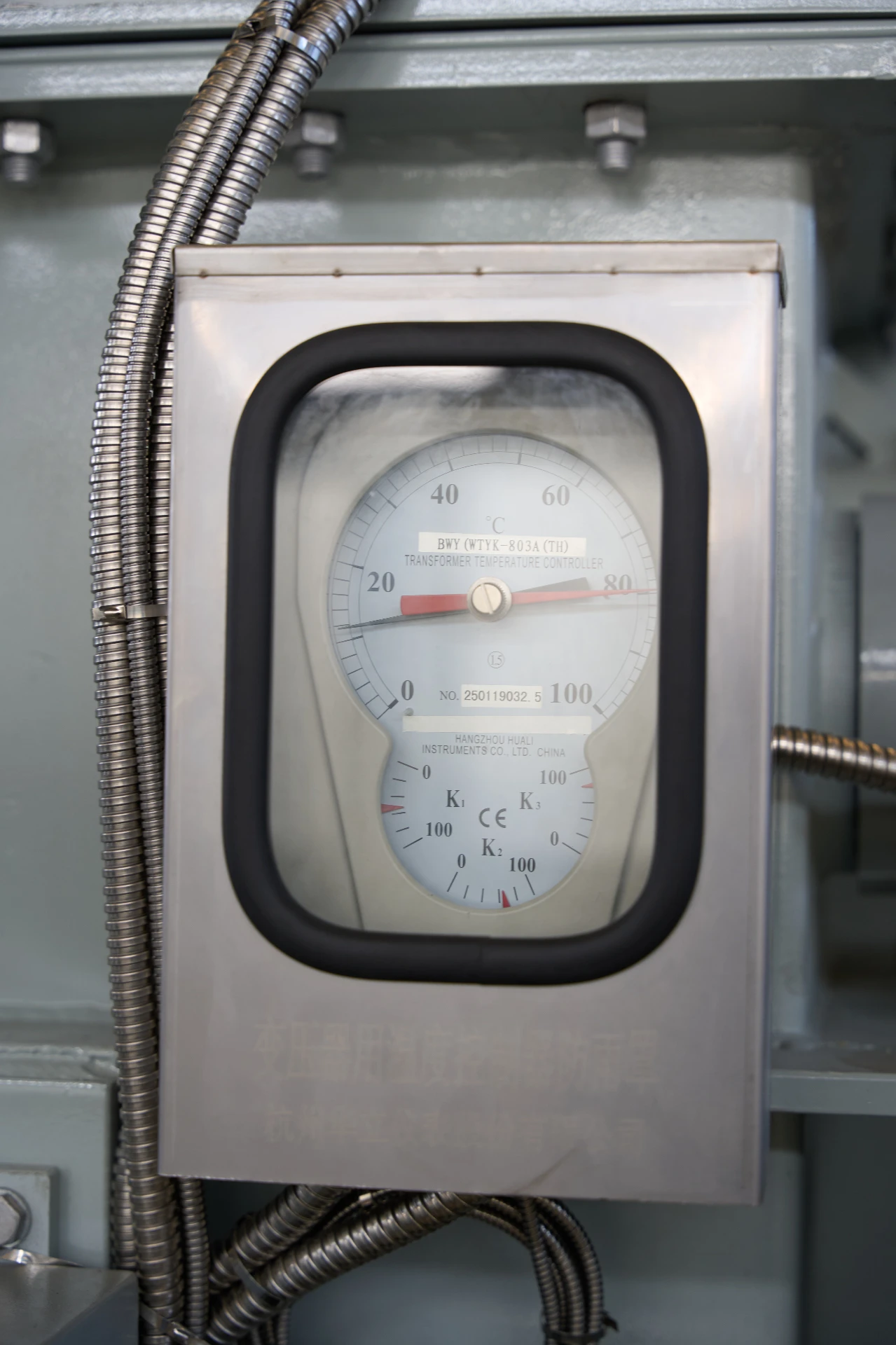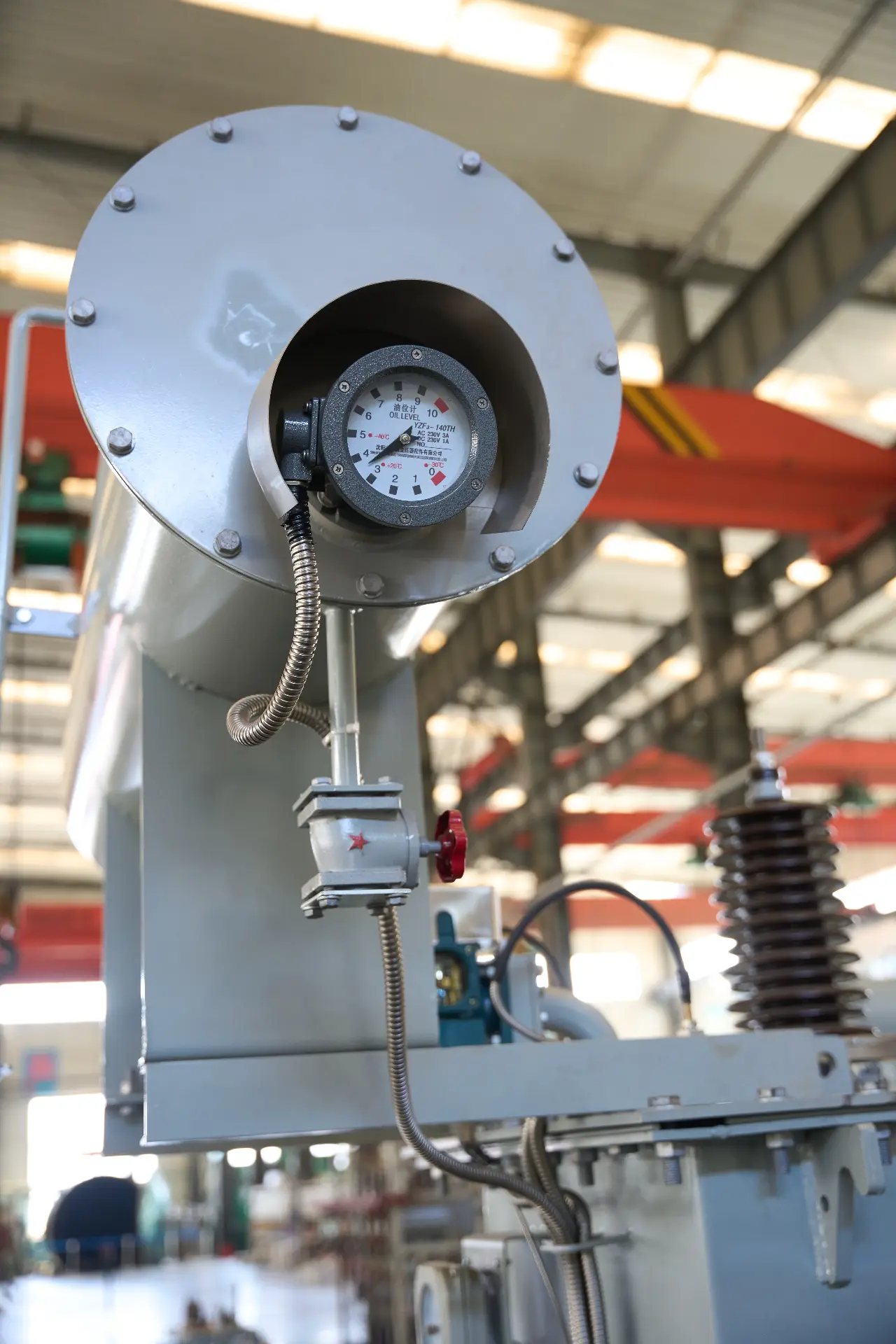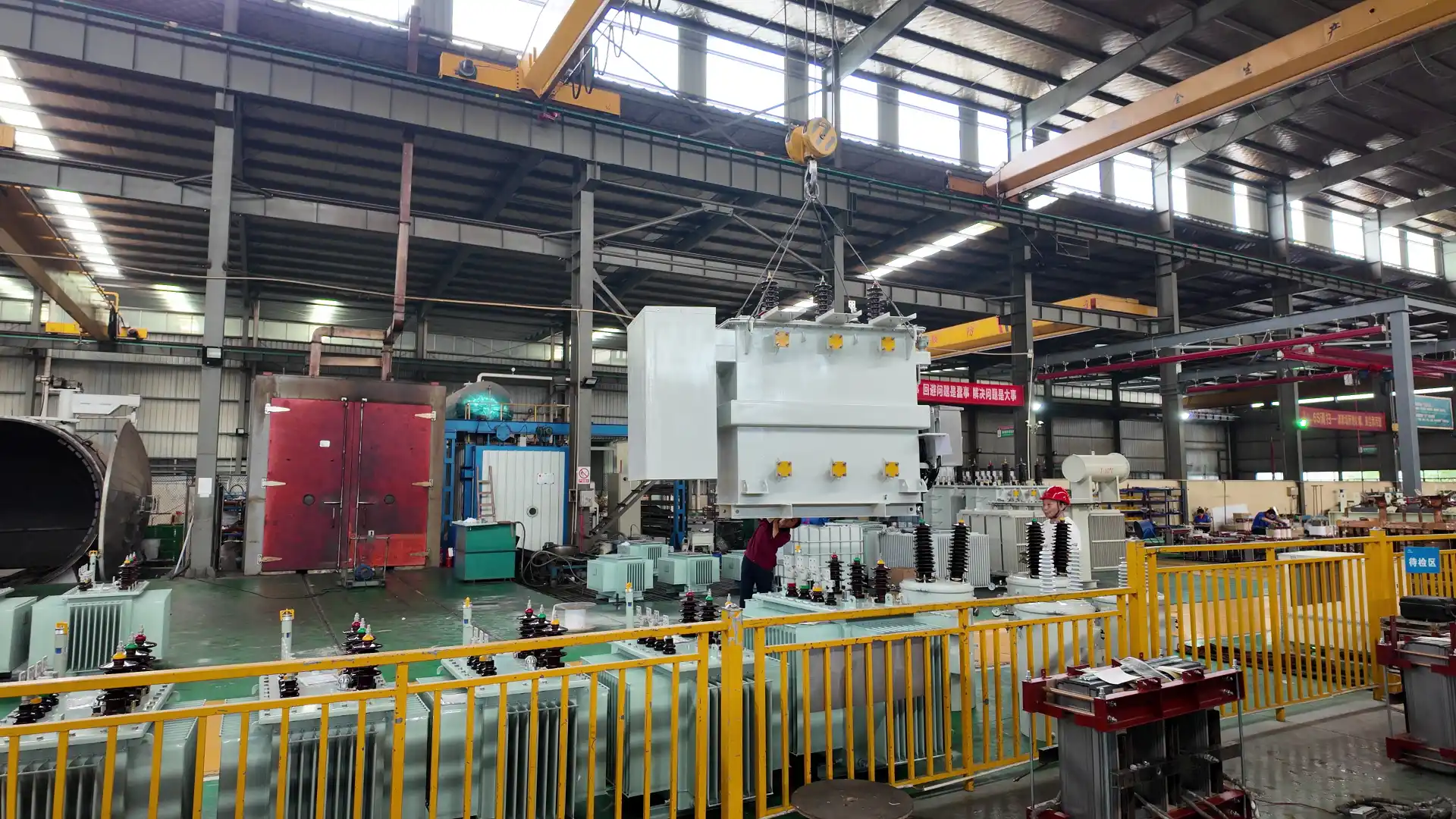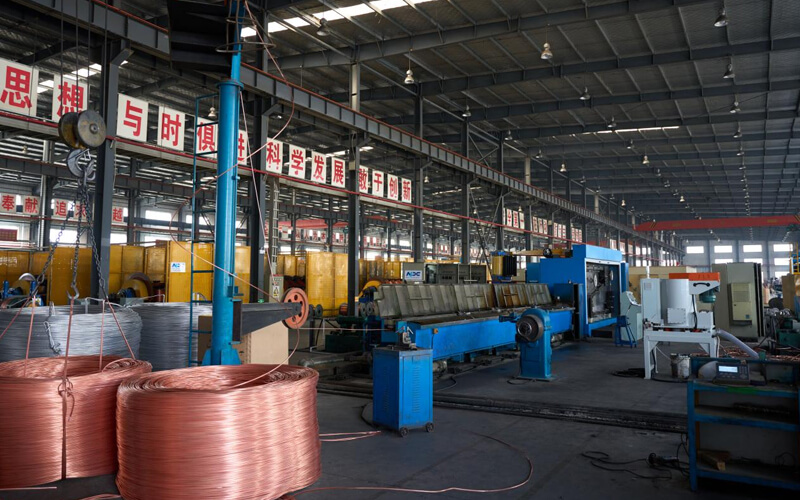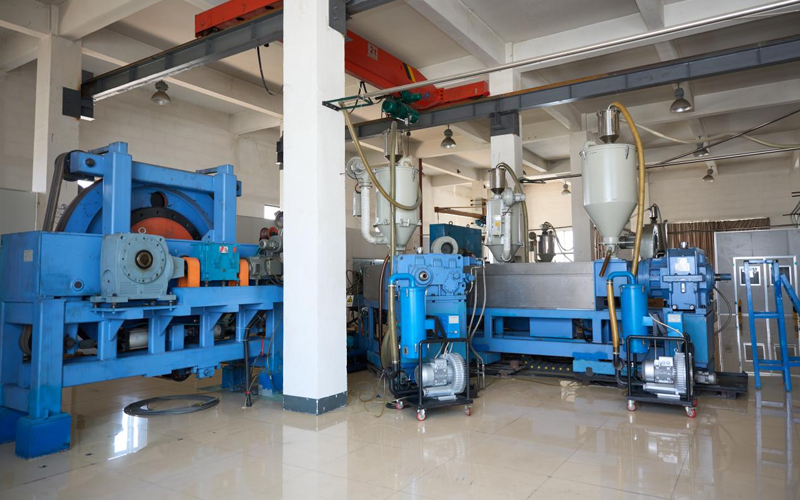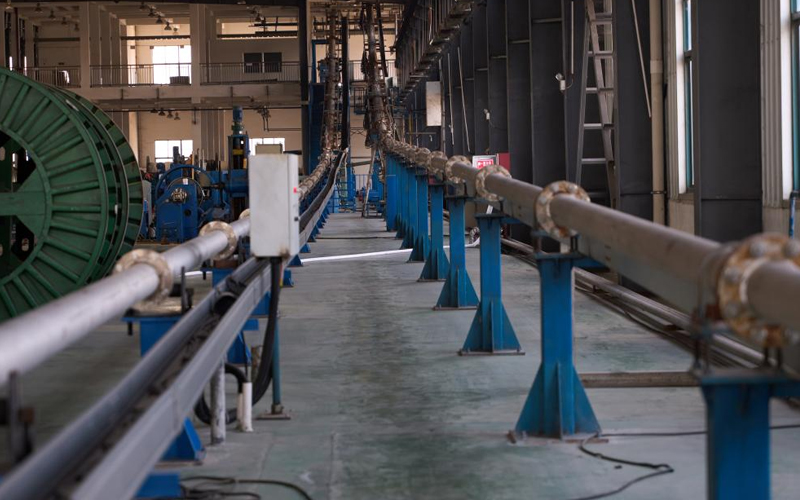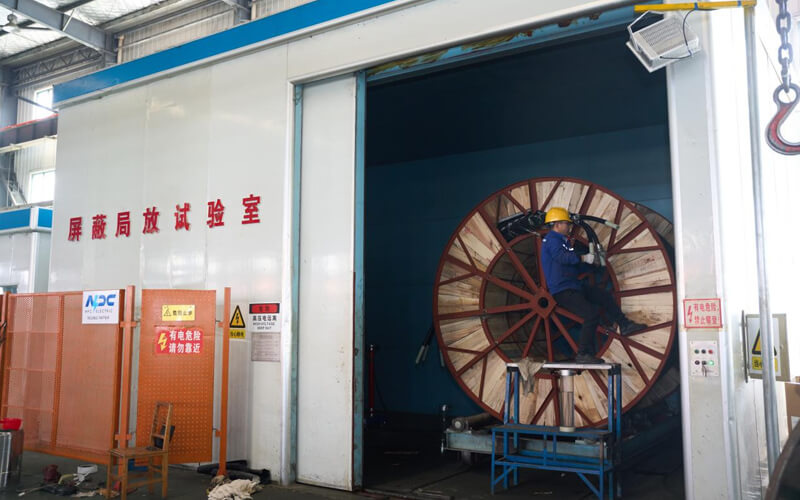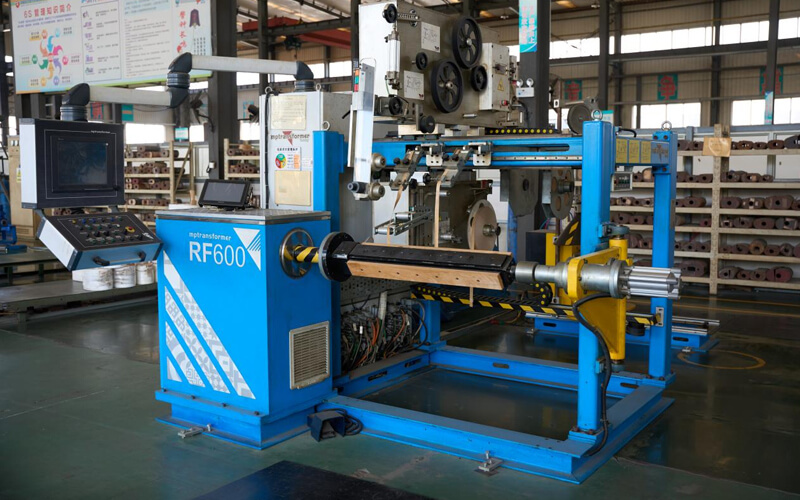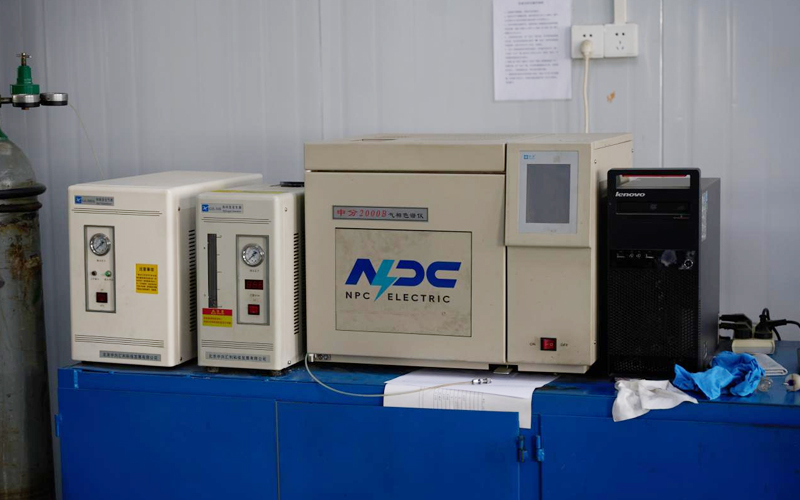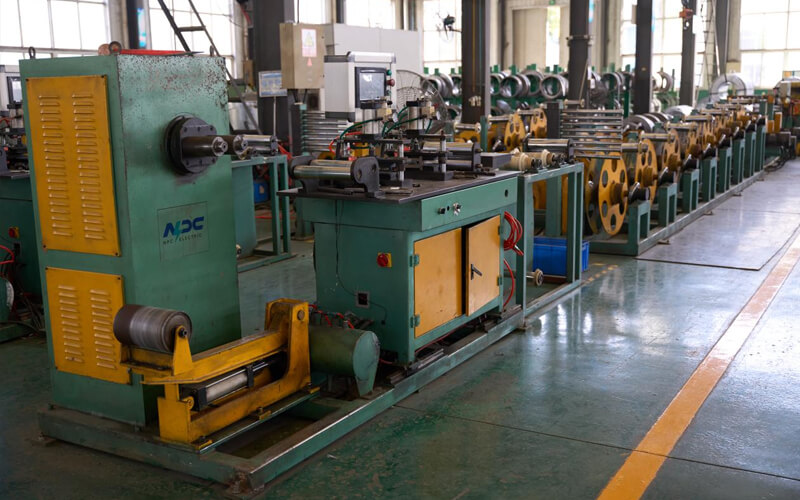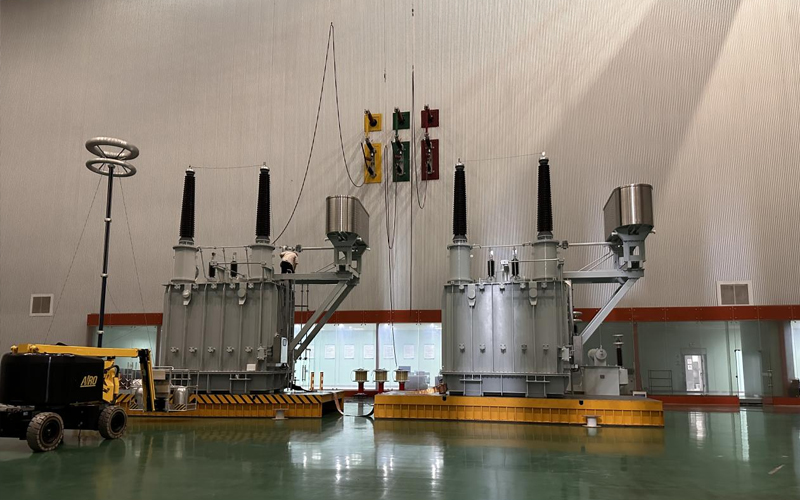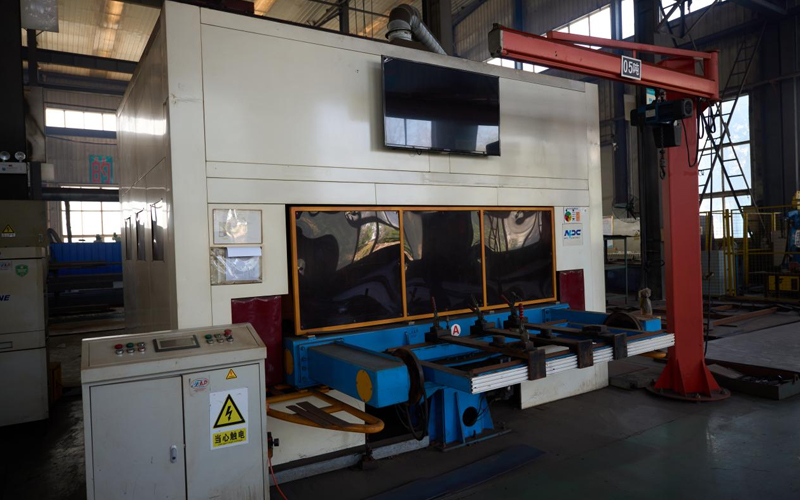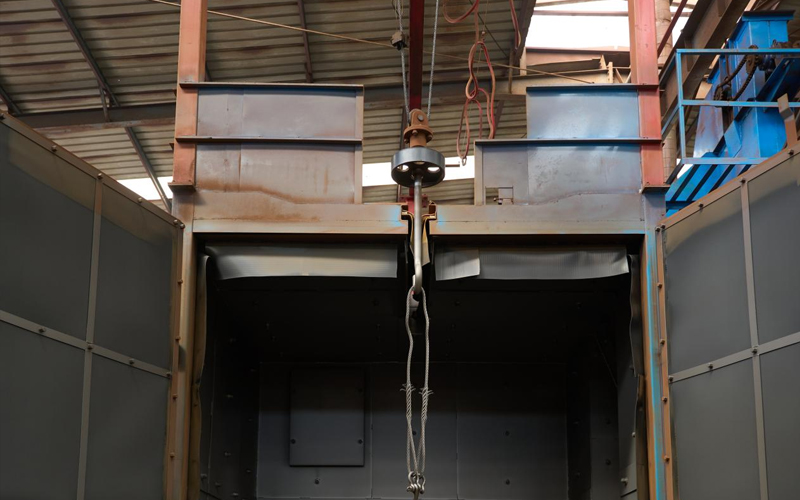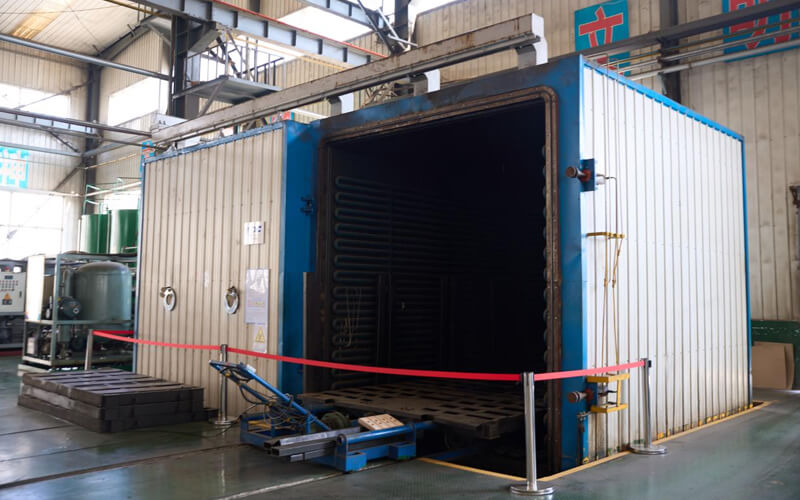Transformers
132kV 138kV Power Transformer
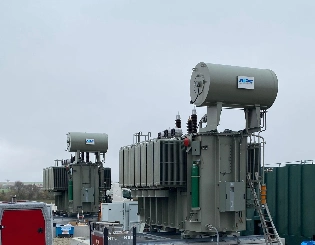
132kV 138kV Power Transformer
132kV 138kV power transformer complies with international standards as below standard: 1. IEC 60076 Power Transformers; 2. AS NZS 60076 Power Transformers CSAC88-16 Power Transformers; 3. ANSI/IEEE C57.12.00 IEEE Standard for General Requirements for Liquid-Immersed Distribution, Power, and Regulating Transformers; 4. GOST R 52719 Power Transformers - General Specifications; 5. EN60076 Poer Transformer; 6. Local After-Sales Services In North America SouthIn-Depth Analysis
Comparative Analysis of Efficiency and Loss
Compared to the industry average, transformers exhibit lower losses and higher efficiency across the entire load range.
Load Efficiency Comparison(%)
No-load Loss Comparison(W)
High-efficiency Core Design
High magnetic permeability and low loss silicon steel sheets are used and processed by special process to reduce hysteresis loss and eddy current loss and improve conversion efficiency.
Multiple Protection Systems
IP65 protection grade design combines multiple protection measures such as anti-corrosion, anti-UV, anti-condensation and anti-small animal intrusion.
Ultra-low Noise Technology
A special shock-absorbing structure, low-noise fans, and optimized heat dissipation design ensure operating noise is far below industry standards.
Intelligent Cooling System
The heat dissipation system with adaptive temperature control automatically adjusts the heat dissipation efficiency according to the load and ambient temperature to reduce energy consumption.
Safety Wiring System
Insulated protective cover and anti-misoperation design ensure personnel safety during installation and maintenance and reduce accident risks
Intelligent Monitoring
An optional remote monitoring system is available to monitor operating status, temperature, load and other parameters in real time, and supports fault warning and remote diagnosis.
Environmental Adaptability Analysis
Power transformers have been rigorously tested and can operate stably under various harsh environmental conditions.

Temperature Range
-40℃ ~ +55℃
Can work normally in extreme high and low temperature environments

Humidity Adaptation
0 ~ 100% RH
Including condensation environment, no frost requirement

Seismic Resistance Level
IEC 60068-2-57
Suitable for earthquake-prone areas

Altitude
≤3000m
More than special design
Why Choose Us
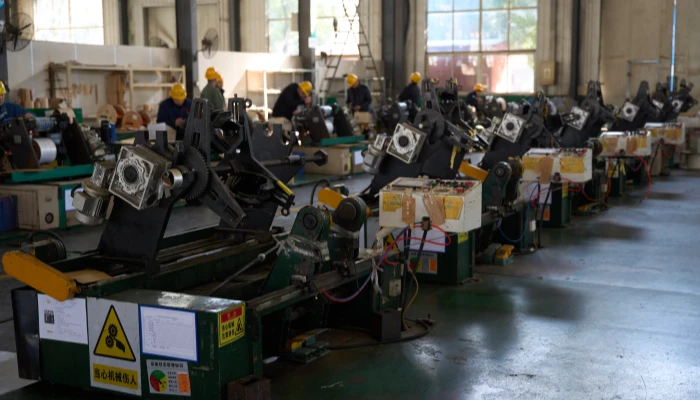
Essential for EHV Transmission
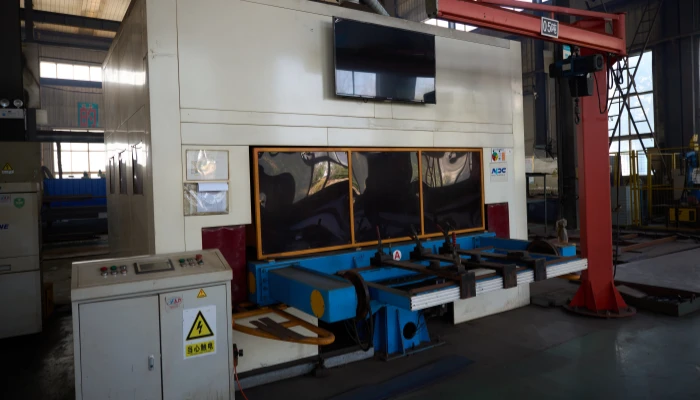
Max Efficiency & Low Lifetime Cost
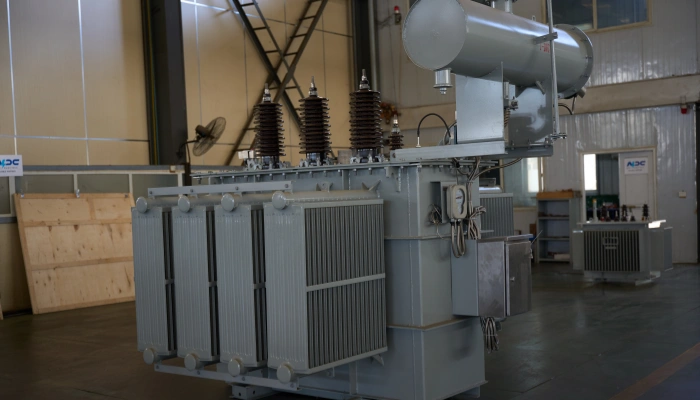
Uncompromising Reliability & Robustness
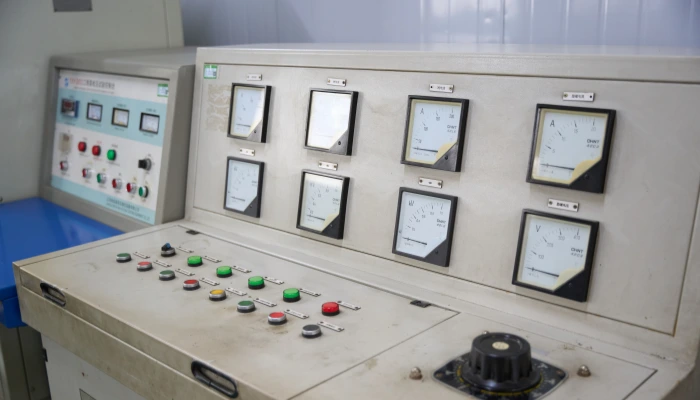
Custom Solutions for Grid Integration
Product Show
Testing and Certification
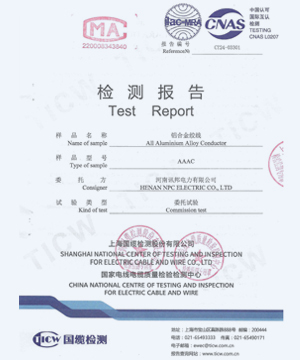
Bare Cable Test Report

SGS Inspection Report
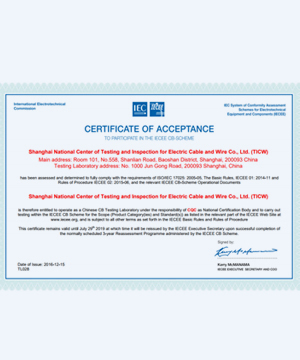
Certificate of Acceptance
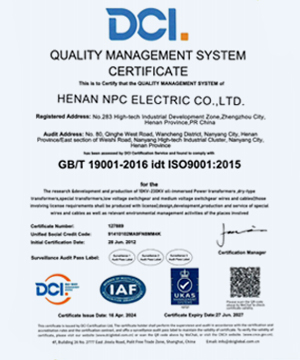
ISO Quality Certificate
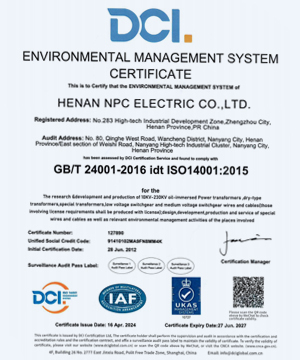
ISO Environmental Certificate

ISO Occupational Certificate

UL Laboratory Certificate
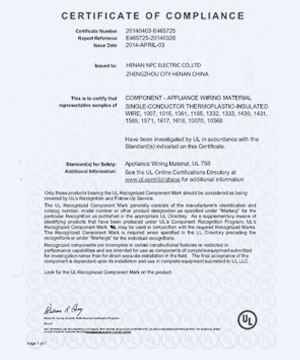
UL Product Certificate
Project Cases
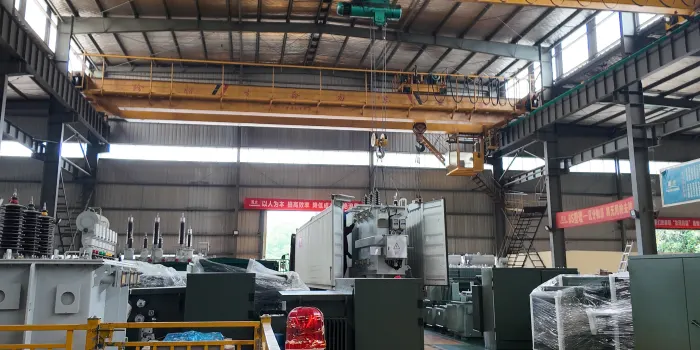
Venezuela Residential Area
CompletedProvide stable and reliable power conversion solutions for the residential area to meet diverse production needs.
Country:Venezuela
Model:220kV Power Transformer x 5
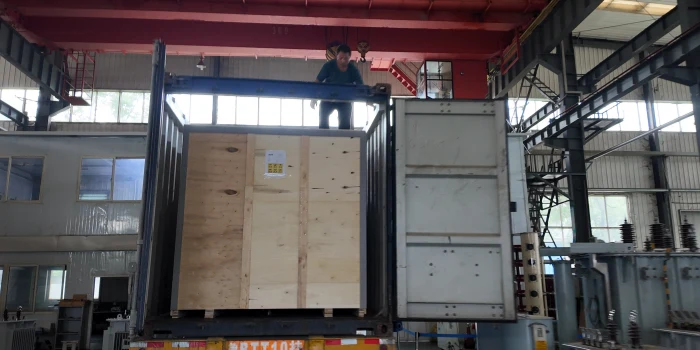
Uruguay Data Center
CompletedEnsure the power safety of surrounding residents and meet daily work needs
Country:Uruguay
Model:350kV Power Transformer x 10
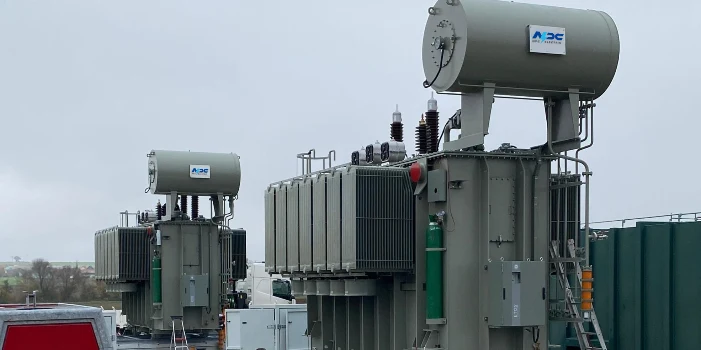
Dominican Factory
CompletedNPC transformers provide safe, efficient, and reliable power distribution in the Dominican.
Country:Dominican
Model:450kVA Power Transformer x 4
Technical Advantages
FAQ From Customers
-
What is the primary function of 132kV and 138kV Power Transformers?
132kV and 138kV Power Transformers are fundamental to Extra-High Voltage (EHV) transmission systems. They are primarily used in major substations to efficiently step up or step down voltage for long-distance power transmission, managing large-scale power flow between generation sites and critical distribution points across national grids. -
How do your 132kV/138kV Power Transformers ensure ultra-reliable operation?
Our 132kV/138kV Power Transformers are designed for ultra-reliable operation through robust oil-immersed construction, superior dielectric strength, and exceptional short-circuit withstand capability. Rigorous testing and high-quality components ensure long-term stability and minimal failures in demanding EHV grid environments. -
Can these EHV transformers be customized for specific project needs?
Yes, we offer customized solutions for our 132kV and 138kV Power Transformers. Our engineering team works to tailor specifications like MVA ratings, impedance, advanced On-Load Tap Changer (OLTC) configurations, and specific cooling systems (ONAF, OFAF, OFWF) for seamless EHV grid integration. -
What cooling methods are employed in your 132kV/138kV Power Transformers?
Our 132kV/138kV Power Transformers utilize advanced oil-immersed cooling systems suitable for EHV applications. These typically include ONAF (Oil Natural Air Forced), OFAF (Oil Forced Air Forced), and for very high capacities, OFWF (Oil Forced Water Forced), ensuring efficient heat dissipation and sustained performance. -
How do your 132kV and 138kV Power Transformers contribute to overall grid efficiency and sustainability?
Our 132kV and 138kV Power Transformers contribute significantly to grid efficiency by achieving minimal losses during power transformation. This reduces energy waste, lowers operational costs, and minimizes environmental impact, promoting greater sustainability within the EHV power transmission network by maximizing energy delivery.








